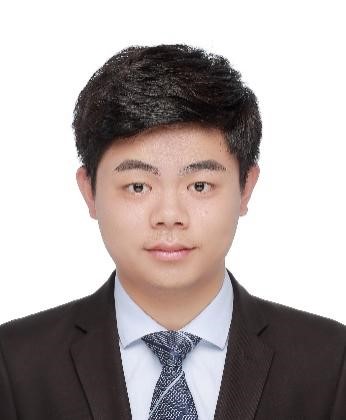
搜索网站、位置和人员

新闻与活动 活动信息
工学院专题学术讲座 | Guoxun Zhang张国勋: Self-supervised learning image enhancement for optical microscopy
时间
2024年4月23日(周二)
14:30-15:30
地点
西湖大学云谷校区E2-216
主持
西湖大学工学院 袁鑫博士
受众
全体师生
分类
学术与研究
工学院专题学术讲座 | Guoxun Zhang张国勋: Self-supervised learning image enhancement for optical microscopy
时间:2024年4月23日(周二) 14:30-15:30
Time: 14:30-15:30, Tuesday, April 23, 2024
地点:西湖大学云谷校区E2-216
Venue:E2-216, Yungu Campus
主持人: 西湖大学工学院 袁鑫博士
Host:Dr. Xin Yuan, Associate Professor, Westlake University
语言:中文
Language:Chinese
主讲嘉宾/Speaker:

Dr. Guoxun Zhang张国勋
Tsinghua University
主讲人简介/Biography:
Zhang Guoxun is a fifth-year PhD student working on artificial intelligence and computational imaging advised by Prof. Qionghai Dai at the Department of Automation at Tsinghua University. Prior to this, he received his bachelor degree from Tsinghua University in 2019. He currently has three research works published in Nature methods and one research work published in Light: Science & Applications.
讲座摘要/Abstract:
Life is a complex dance of systems, organs, tissues, and cells working together in harmony. This fascinating interplay sparks our curiosity to uncover life's mysteries. One of our most powerful tools in this exploration is the fluorescence microscope, known for its ability to capture detailed images with high spatiotemporal resolution and protein specificity. Today, we can use optical microscopy to get large-scale, multi-dimensional, and rapid images of microscopic worlds. However, two primary challenges persist in functional fluorescence microscopy imaging: reducing the photo toxicity of functional imaging to living samples and extracting hidden information from extensive imaging data.
In this presentation, we share our innovative solutions to the challenges. To decrease the phototoxicity of the imaging process, we directly reduced the excitation light intensity of the imaging process. To enhance the poor Signal-to-Noise Ratio (SNR) of captured images, we proposed a 3D self-supervised denoising method named DeepCAD with spatiotemporal fusion capabilities. Our calcium imaging experiments demonstrated that noise removal significantly improved the accuracy of neuron extraction and spike inference, providing a critical tool for studying the function of neural circuits. We further developed a movie denoising method, DeepSeMi, based on blind spot neural networks. By establishing a multi-organelle and multi-motion state dataset with both high and low SNR, we confirmed the effectiveness and accuracy of DeepSeMi in eliminating microscopic fluorescence noise. To expedite data analysis for neuron imaging, we devised a brain neuroimaging analysis method based on simulation supervised learning, named DeepWonder. Using a single-photon-two-photon coupling imaging system, we created a validation dataset. We confirmed the accuracy of DeepWonder across multiple brain regions, depths, and complex hemodynamic conditions.
讲座联系人/Contact:
项凌慧
xianglinghui@westlake.edu.cn

















